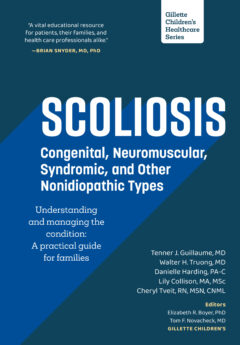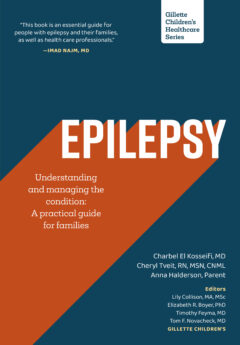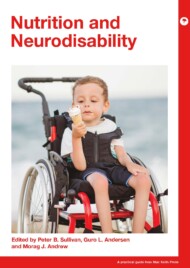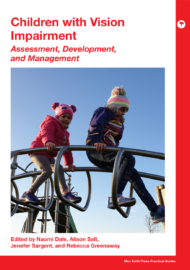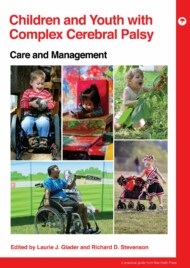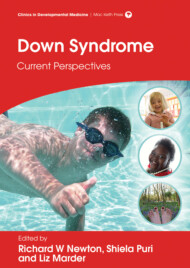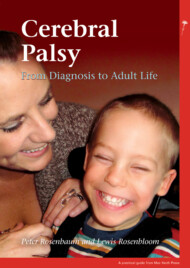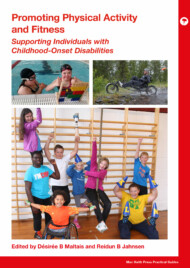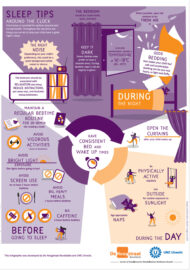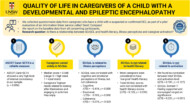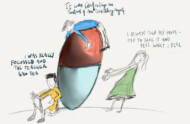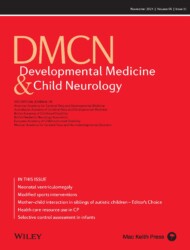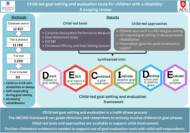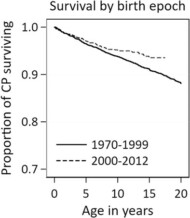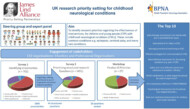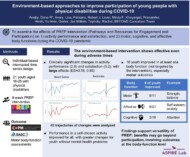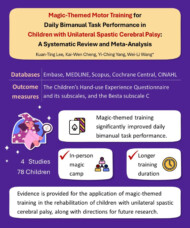Welcome
Start exploring here! We hope this will be a useful resource to help you find the information you need about cerebral palsy and other childhood-onset disabilities. We want to help you to find answers to your questions – so please let us know what else you would like us to cover. Here we are presenting videos, summaries, research information and other resources.
Read on for more
Ways we can help
1
Family-friendly Books
Discover our collection of family-friendly books featuring accessible, research-based insights. These titles include the perspectives of families and individuals with lived experience, offering valuable guidance while supporting parents on their journey.
2
Free Chapters
We have selected a range of chapters from our books, offering helpful insights and practical tips. Our chapters summaries highlight key points. View the full chapter to explore each topic in more depth.
3
The Knowledge Bank
Explore the answers to your questions here. Find out more about conditions, treatments, interventions, and all aspects of care. Follow signposts to find more in-depth, evidence-based information from Mac Keith Press content, as well as other great sources of knowledge.
4
Plain Language Summaries
Plain language summaries are an effective way of communicating scientific research to a wider audience. By presenting the key findings and significance of a study in easy-to-understand language, the content becomes more accessible to more people. Here we present summaries of papers published in Developmental Medicine & Child Neurology (DMCN).
5
Helpful Videos
Here you will find a collection of short videos from authors and editors summarising their work. They cover Developmental Medicine & Child Neurology (DMCN) articles, Mac Keith Press books and e-learning. The aim of the videos is to help viewers get a clear understanding of why the research is important, how it was carried out, and real-world implications.
Gillette Children’s Healthcare Series
The goal of the Gillette Children’s Healthcare Series is to empower families through a greater understanding of their condition and therefore help optimize outcomes for children, adolescents and adults living with these childhood-acquired and largely lifelong conditions.
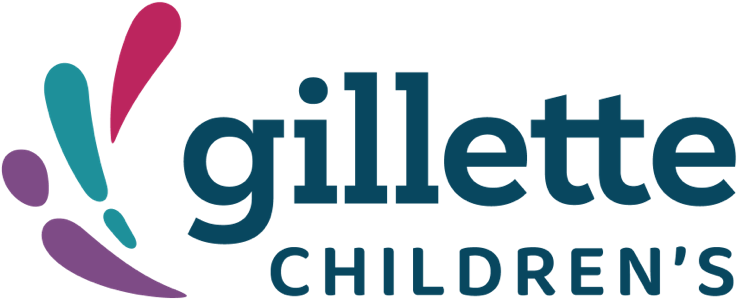
Free chapter downloads
The Knowledge Bank
Explore the answers to your questions here. Find out more about conditions, treatments, interventions, and all aspects of care. Follow signposts to find more in-depth, evidence-based information from Mac Keith Press content, as well as other great sources of knowledge.
What does “syndromic” craniosynostosis mean and how is this different from “nonsyndromic” craniosynostosis?
Syndromic craniosynostosis is a form of craniosynostosis that occurs as part of a broader syndrome (a condition defined by a recognizable group of characteristics that consistently appear together). In contrast, nonsyndromic craniosynostosis is not linked to any underlying syndrome and occurs as a standalone condition with no identifiable cause.
What does “syndromic” craniosynostosis mean and how is this different from “nonsyndromic” craniosynostosis?
This answer is adapted from chapter 3 of the Gillette Children’s Healthcare Series book on Craniosynostosis.
Syndromic craniosynostosis is a form of craniosynostosis that occurs as part of a broader syndrome (a condition defined by a recognizable group of characteristics that consistently appear together). It is usually caused by genetic changes and accounts for about 15 percent of all craniosynostosis cases, making it less common than nonsyndromic craniosynostosis.
Because syndromes are diagnosed by recognizing patterns of features rather than a single test (except in cases with a known genetic mutation), individuals with syndromic craniosynostosis may show several, but not necessarily all, traits of the associated syndrome. Importantly, nearly 200 different syndromes have been linked to craniosynostosis, though not all people with those syndromes will necessarily develop craniosynostosis.
In contrast, nonsyndromic craniosynostosis is not linked to any underlying syndrome and occurs as a standalone condition with no identifiable cause. It is the most common type, representing about 85 percent of cases.
What are the common syndromes associated with craniosynostosis?
There are five most prevalent craniosynostosis syndromes: Apert syndrome; Crouzon syndrome; Pfeiffer syndrome; Muenke syndrome; Saethre-Chotzen syndrome.
What are the common syndromes associated with craniosynostosis?
This answer is adapted from section 3.2 of the Gillette Children’s Healthcare Series book on Craniosynostosis.
The five most prevalent CS syndromes are:
- Apert syndrome: Marked by distinctive skull and face shape, and syndactyly (webbed or fused fingers and toes), often with breathing, feeding, and brain development challenges.
- Crouzon syndrome: Characterized by bulging eyes, midface underdevelopment, and hearing loss; severity varies widely, and some individuals are unaware until genetic testing.
- Pfeiffer syndrome: Features high forehead, abnormal hand/foot bones, and possible organ issues; ranges from mild (type 1) to severe (types 2 and 3 with cloverleaf skull, airway obstruction, and cognitive delays).
- Muenke syndrome: Involves wide-set eyes and flattened cheekbones, usually without limb abnormalities; about 20% of cases occur without CS.
- Saethre-Chotzen syndrome: Presents with variable skull, face, hand, and foot differences, sometimes very mild; some individuals remain unaware until genetic testing.
Why is treatment of craniosynostosis important?
Treating craniosynostosis is important because surgery prevents serious medical complications and supports healthy development.
Why is treatment of craniosynostosis important?
This answer is adapted from section 1.6 of the Gillette Children’s Healthcare Series book on Craniosynostosis.
Treating craniosynostosis is important because surgery prevents serious medical complications and supports healthy development. There are several goals of treatment which include to reduce the risk of increased intracranial pressure, which can otherwise cause permanent brain damage, seizures, or life-threatening symptoms.
Surgery also allows for normal brain growth by releasing the restriction caused by prematurely fused sutures. In addition, treatment corrects abnormal head shape and facial asymmetry, which not only improves appearance but also supports emotional and social well-being. It further protects the eyes by addressing structural abnormalities around the brow bone and eye sockets.
What are the two main types of surgery for treating craniosynostosis?
There are two main types of surgery for treating craniosynostosis: endoscopic or open surgical repair.
What are the two main types of surgery for treating craniosynostosis?
This answer is adapted from section 4.3 of the Gillette Children’s Healthcare Series book on Craniosynostosis.
The two main types of surgery for treating craniosynostosis are:
- Endoscopic surgical repair: This is a less invasive procedure performed through small incisions, using a camera and specialized tools to release and remove the fused suture. It is typically used for nonsyndromic CS and is often followed by helmet therapy to reshape the skull. It is usually performed between two and four months of age.
- Open surgical repair: This involves a larger incision and includes the remodeling of the skull bones, not just the removal of the fused suture. The goal is to increase the cranial vault volume to accommodate brain growth. This method is used for both nonsyndromic and syndromic CS, and does not require helmet therapy afterward.
Submit a question
Let us know what other questions you have. Are there specific topics you would you like us to cover?
Contact us now using the form.
Plain Language Summaries
Plain language summaries are an effective way of communicating scientific research to a wider audience. By presenting the key findings and significance of a study in easy-to-understand language, the content becomes more accessible to individuals with disabilities, parents, caregivers, and others. Here we present summaries of papers published in Developmental Medicine & Child Neurology (DMCN).
Helpful videos
Here you will find a collection of short videos from authors and editors summarising their work. They cover Developmental Medicine & Child Neurology (DMCN) articles, Mac Keith Press books and e-learning. The aim of the videos is to help viewers get a clear understanding of why the research is important, how it was carried out, and real-world implications.
UK research priority setting for childhood neurological conditions| Jill Cadwgan & Rhys Inward |DMCN
Contact us
Please feel free to contact us if you have any feedback or suggestions:
